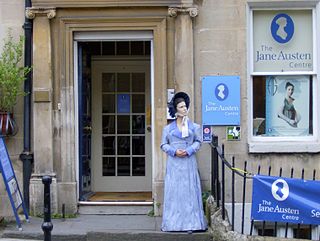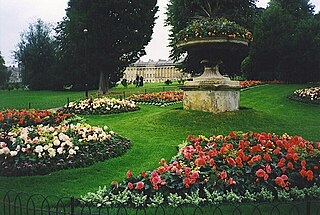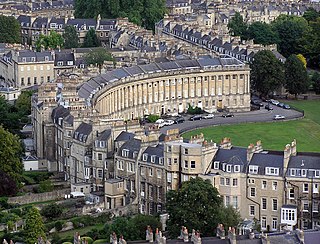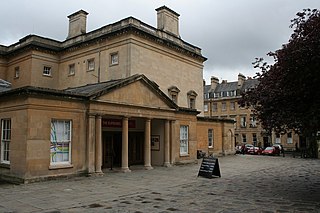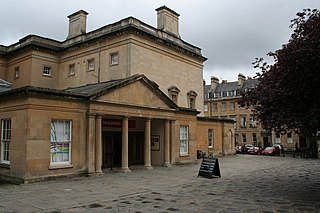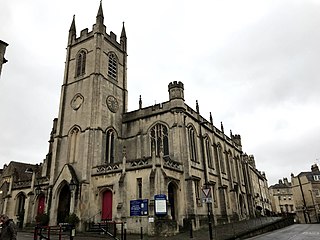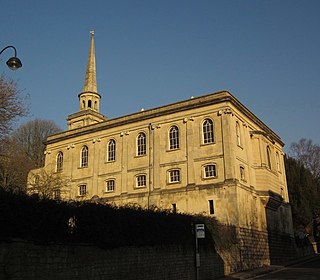Self-guided Sightseeing Tour #2 in Bath, United Kingdom
Legend
Tour Facts
3.5 km
81 m
Experience Bath in United Kingdom in a whole new way with our free self-guided sightseeing tour. This site not only offers you practical information and insider tips, but also a rich variety of activities and sights you shouldn't miss. Whether you love art and culture, want to explore historical sites or simply want to experience the vibrant atmosphere of a lively city - you'll find everything you need for your personal adventure here.
Activities in BathIndividual Sights in BathSight 1: Jane Austen Centre
Get Ticket*The Jane Austen Centre at 40 Gay Street in Bath, Somerset, England, is a permanent exhibition which tells the story of Jane Austen's Bath experience, and the effect that visiting and living in the city had on her and her writing.
Sight 2: Green Park Station
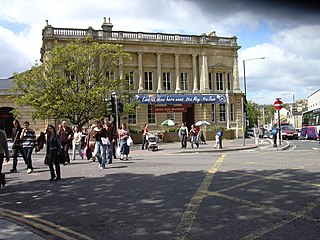
Green Park railway station is a former railway station in Bath, Somerset, England. For most of its life, it was known as Bath Queen Square.
Wikipedia: Bath Green Park railway station (EN), Website, Heritage Website
Sight 3: Royal Victoria Park
Get Ticket*Royal Victoria Park is a public park in Bath, England. It was opened in 1830 by the 11-year-old Princess Victoria, seven years before her ascension to the throne, and was the first park to carry her name. It was privately run as part of the Victorian public park movement until 1921, when it was taken over by the Bath Corporation.
Sight 4: Royal Crescent
Get Ticket*The Royal Crescent is a row of 30 terraced houses laid out in a sweeping crescent in the city of Bath, England. Designed by the architect John Wood, the Younger, and built between 1767 and 1774, it is among the greatest examples of Georgian architecture to be found in the United Kingdom and is a Grade I listed building. Although some changes have been made to the various interiors over the years, the Georgian stone facade remains much as it was when first built.
Sight 5: No.1 Royal Crescent Museum
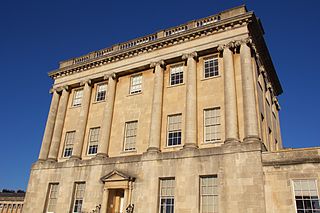
No. 1 Royal Crescent is the first building at the eastern end of the Royal Crescent in Bath, Somerset, and is of national architectural and historic importance. It is currently the headquarters of the conservation charity, the Bath Preservation Trust, and also operates as a public "historic house" museum displaying authentic room sets, furniture, pictures and other items illustrating Georgian domestic life both 'above stairs' and 'below stairs'. The house was the subject of a major renovation project during 2012 and 2013 which reunited No. 1 with its original service wing at No. 1A, from which it had been separated during the 20th century.
Sight 6: Assembly Rooms and Fashion Museum
The Fashion Museum was housed in the Assembly Rooms in Bath, Somerset, England.
Sight 7: The Assembly Rooms
Get Ticket*The Bath Assembly Rooms, designed by John Wood the Younger in 1769, are a set of assembly rooms located in the heart of the World Heritage City of Bath in England which are now open to the public as a visitor attraction. They are designated as a Grade I listed building.
Wikipedia: Bath Assembly Rooms (EN), Website, Heritage Website
Sight 8: Christ Church
Christ Church, Bath is a proprietary chapel on Julian Road, Bath, England.
Wikipedia: Christ Church, Bath (EN), Website, Heritage Website
Sight 9: St Swithin’s
The Anglican Church of St Swithin on The Paragon in the Walcot area of Bath, England, was built between 1777 and 1790. It is a Grade II* listed building.
Wikipedia: Church of St Swithin, Bath (EN), Website, Heritage Website
Sight 10: Museum of Bath Architecture
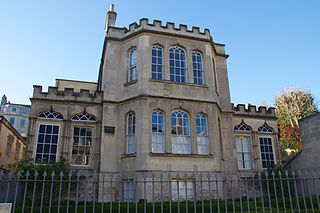
The Museum of Bath Architecture in Bath, Somerset, England, occupies the Countess of Huntingdon's Chapel, where it provides exhibits that explain the building of the Georgian era city during the 18th century.
Share
How likely are you to recommend us?
Disclaimer Please be aware of your surroundings and do not enter private property. We are not liable for any damages that occur during the tours.
GPX-Download For navigation apps and GPS devices you can download the tour as a GPX file.
